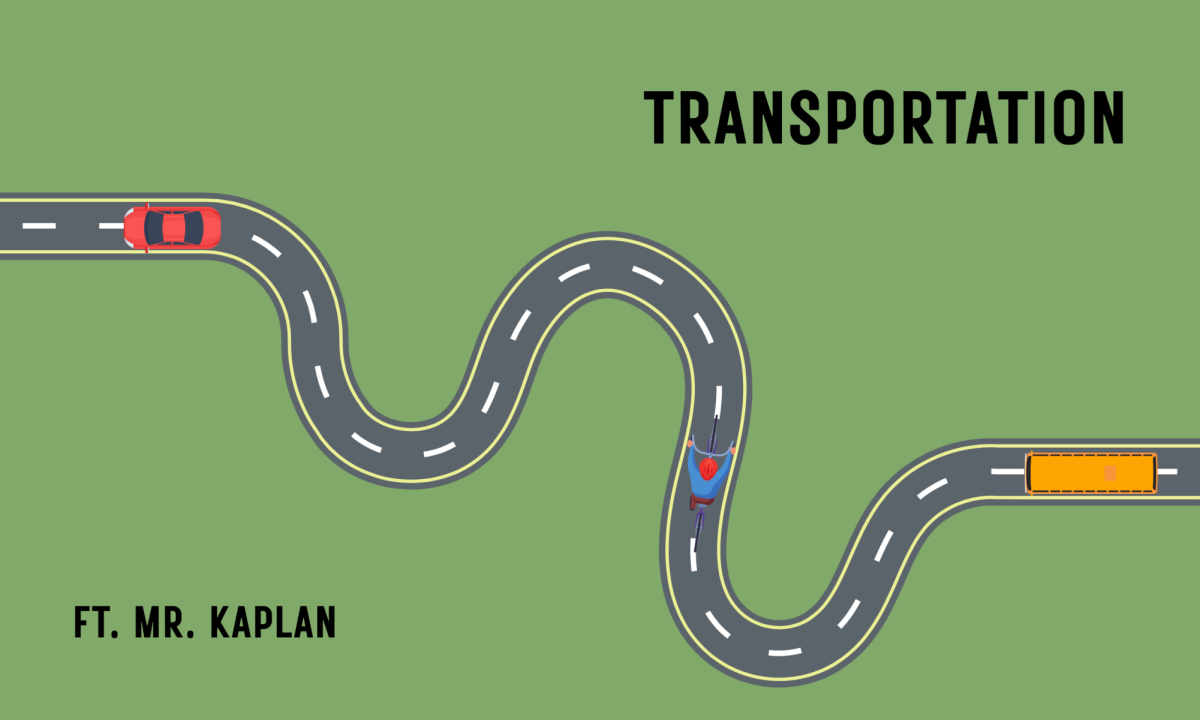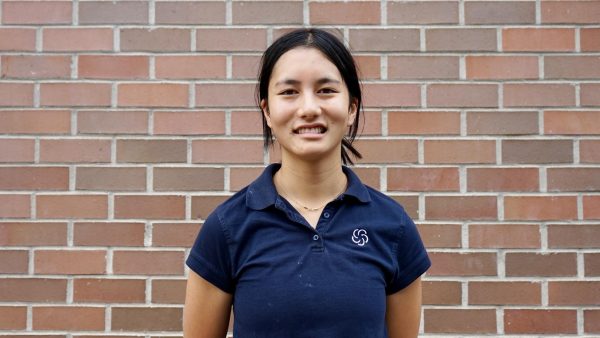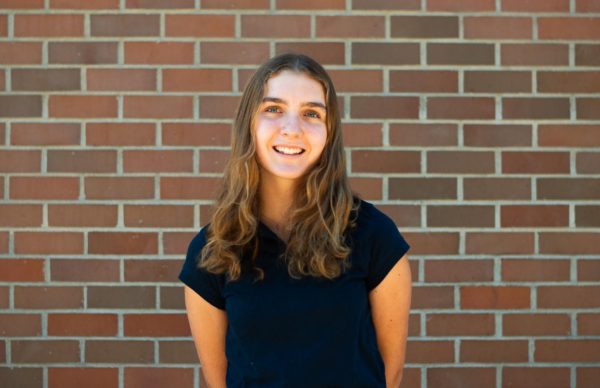In a car-dominant country, English teacher Cam Kaplan stands out as a Bay Area resident without a car. Kaplan has used Bay Area transit since he was ten years old. Kaplan attended high school in San Francisco and lived a three-minute walk from the Balboa Park BART station. Out of his friend group of 15, no one had a car. “It wasn’t a priority. It just wasn’t how we got around,” Kaplan said.
Kaplan finally learned how to drive when he turned 18. “It made me anxious. I absolutely hated it. Weird one-way streets, hills, traffic. I was told that once I had driven more, I would like [driving], but it never happened,” Kaplan said.
When Kaplan headed to Colorado College, he brought his car with him, but he did not use it much. Instead, he became popular for lending his car to others free of charge. Kaplan described these lending interactions along the lines of, “‘Yeah, you can hold onto my car. In fact, do you wanna just keep it?’” The only time he used his car was to go to the Denver airport. “Walking and biking were so much more pleasant,” Kaplan said, and a campus like Colorado College made this commute style feasible. “Downtown Colorado Springs was a 20-minute walk away,” Kaplan said.
Eventually, Kaplan was lucky to find a bike for free. When he moved into his college apartment in junior year, there was a bike attached to the balcony and maintenance was called to saw it off.
“I realized it was the perfect size for me, which doesn’t happen a lot because I’m very short,” Kaplan explained. This free bike ended up becoming Kaplan’s preferred mode of transportation for four years. He attached a milk crate on the back to get groceries. “When I was student teaching, I biked probably like 20 miles every morning,” Kaplan said.
However, due to the limited biking culture, cycling in Colorado Springs was extremely dangerous. “Cars just didn’t know how to act,” Kaplan said. “They would swerve up and get right up next to you and then pull away, just to be jerks and to scare you.” Kaplan’s advice for people looking to bike more is to “just get a mirror.”
When Kaplan’s car unfortunately died, he kept it on the street in Colorado with no desire to fix it: “That was my first car, first and last.”
Upon his return to the Bay Area after college, Kaplan converted the balcony bike to a cargo bike for groceries, and he upgraded to a more modern, lightweight bike for his commute. Kaplan began connecting a four-minute bike ride to Caltrain to connect the longer distance between Burlingame and Palo Alto.
With the slight inconveniences of biking and transit systems at the US standard, Kaplan continues his car-free lifestyle for many reasons: “I hate driving just enough that I don’t see [biking and transit] as an inconvenience. I’m doing my part for the environment. I get my exercise in. I enjoy it. And all of that, to me, is enough in the plus column that I don’t feel like I’m missing out.”
Kaplan argues that because of parking, his commute time evens out with many people who drive. When he does end up spending more time commuting than others, public transit gives Kaplan more time to do other things rather than having to focus on the road: “I can zone out the window and listen to music. I can read a book. I can text nonsense to my friends,” he said. “I guess it is a little bit of a sacrifice, and my family thinks I’m insane.”
When it was time to replace his bike from the balcony, Kaplan contemplated getting an electric bike, and his family tried to convince him that it would make his life easier, but he ended up choosing a “regular old little bike.”
“I enjoy that,” Kaplan said, “I don’t like the feeling of lugging around what is functionally a mini motorcycle. I can just throw my bike over my shoulder and go where I need to go.”
While Kaplan is averse to cars, he is still grateful for his ability to drive: “I think you should know how to drive. The rationale that my parents always gave me was, ‘You don’t want to be stuck somewhere.’ I think you need to have it in the back of your head as a skill on the off chance. But I really think it’s okay to just make the choice not to drive. I think it’s a shame that the entire US is car-based.”
In Kaplan’s car-free lifestyle, he romanticizes each commute as a journey with delightful, unexpected interactions. “I love being on the bus, which people think is weird, but there’s something about people-watching. It’s this feeling of being very present and in the communities that you’re in, [and] you meet random people. You might end up talking to the dudes who do break dancing on BART. You could talk to those guys you end up buying a whole bunch of flowers from, and then you just give out flowers for the rest of the day,” Kaplan said.
Kaplan’s commuting philosophy has been shaped by his past environments, such as living right next to a BART station back in high school. It is also adaptable and highlights how one should not limit oneself to a single mode of transportation, especially for safety. Additionally, in bad weather conditions, Kaplan has taken Uber or Lyft, but being ethically conscious, he overtips.
“I know people think of [transit and biking] as restrictive, but frankly, it just has to do more with what you’re used to,” Kaplan said. “I think of parking and the process of finding parking very stressful, very restrictive. People have to plan their whole journey around parking, but people don’t think of that as a restriction.”
Other Bay Area residents reliant on transit may feel the same way about what they define as restrictive, and understandably, for the rest of the country whose infrastructure was built around cars, a sudden switch from taking the car in your garage to biking 10 minutes to a Caltrain station may be too much of a hassle. But hopefully, by at least knowing these options exist, one can decide to take an express train to avoid freeway traffic, or one can drive and avoid three bus connections for a place 10 minutes away. Or, for those like Kaplan, perhaps planning ahead to allow yourself to enjoy a slightly longer commute of biking and reading a book on a train is how you want to commute.




